All our services are fee-based, and we do not offer free proposals. A token amount is required to initiate. We are open to discussing our rates and availability to find the best solution.
Didn't find right design get customized design by
Our Design Expert
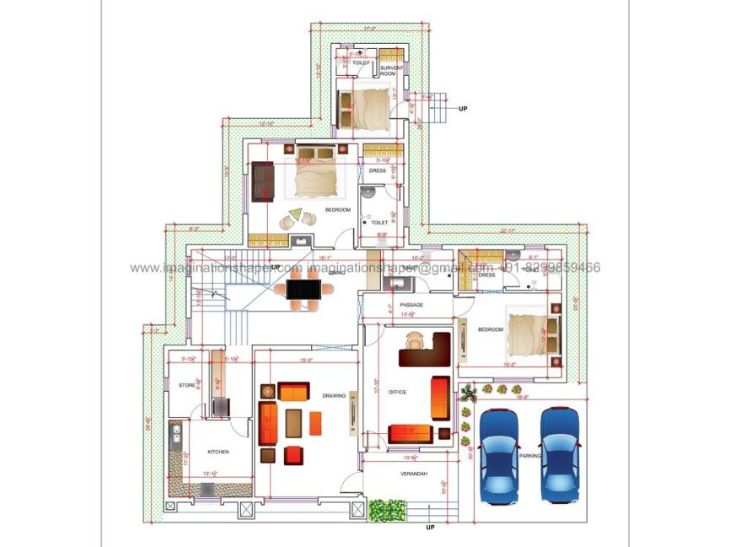
Get best customized house plan designed by experienced architects and designers.
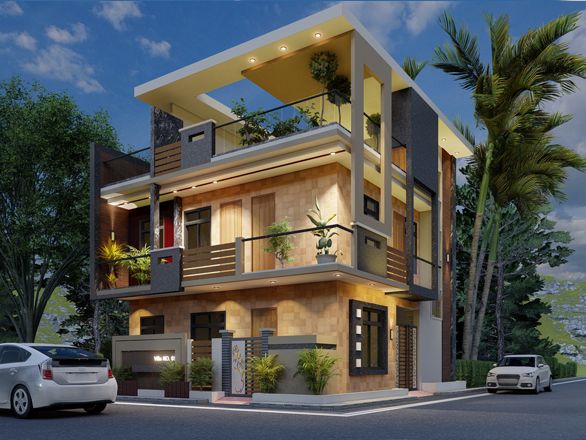
Are looking for the elevation design services, Imagination would be the perfect option.
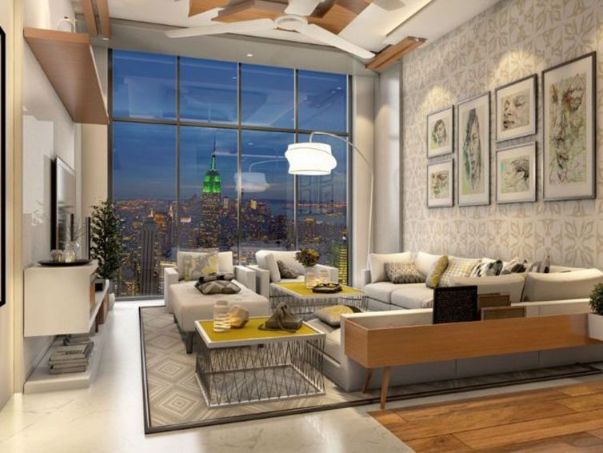
Home interior design to enhance the interior of the project services at an affordable price.
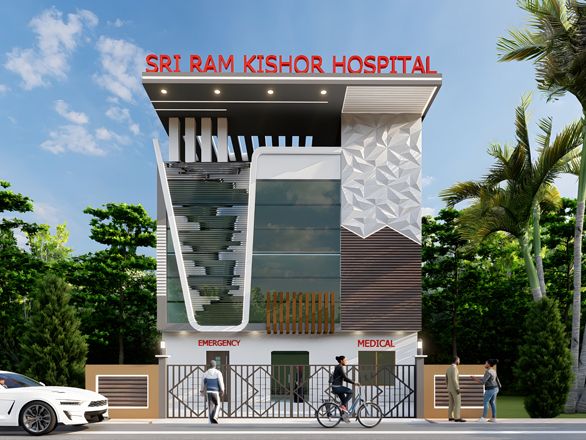
Design your health care project as per guidelines, the user and patient-centric also.

We incorporate sustainability strategies, creative space planning and best technology.
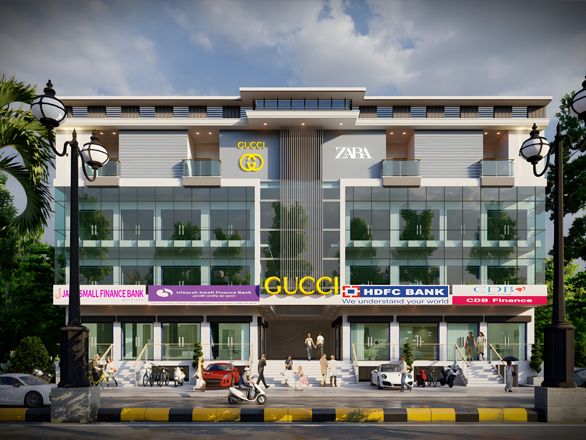
We are focused on combining function with style to meet the need of businesses.
Hospital architect in Name as Imagination shaper works hard to design and construct buildings that look great, feel comfortable, are easy to maintain, and are filled with all of the amenities that anyone would need in his or her daily life. But when an architect gets to work on designing hospital buildings, he or she has an entirely different set of goals to meet.
Instead of constructing buildings that house offices, apartments, and retail stores, hospitals must be designed from the ground up with one main purpose in mind: delivering healthcare to the sick and injured individuals who walk through their doors.
The hospital building design process is a long and meticulous one, often taking years to complete. This is because hospitals are so important to society, and there are so many facets that need to be taken into consideration when designing them. The hospital architect in has to not only consider how the building will function but also what it will look like, where it will go, how much it will cost and more.
The first thing you'll want to do when designing your hospital building design is make sure it's easy for people to find their way around. When somebody visits a hospital, they might be in pain or feeling really scared. They might not know what to expect from their stay there. You can help them feel better by making sure they don't get lost on the way to see someone or something important.
The next thing you'll want to consider when designing your hospital floor plan in is how rooms will function within the facility. You will have many different kinds of rooms such as patient rooms, doctor offices, examination rooms, waiting areas and more.
Each hospital floor plan can vary depending on its purpose and whether or not it's for an academic institution or a private practice. Generally speaking, hospital buildings should have at least four floors - one for administration, one for patient care and two levels of parking.
Parking garages should be as close as possible to the entrance to minimize walking distance from car to entrance. When planning hospital entrances you want to make sure they're wide enough for ambulances to get through easily but narrow enough so pedestrians can't wander in off the street.
The first step is to identify the type of hospital you want to build and what your goals are for this project. The next step is to determine if your current site can accommodate these needs, or if you need a new site. If a new site is needed, the process begins with selecting one and securing it for development. Once that has been done, you need to take into account all potential factors that could affect construction such as zoning restrictions, land availability, environmental issues like terrain and flooding potential, etc.
And finally, you will have to think about the logistics of developing the hospital's infrastructure; this includes power and water supply. In order to make sure that you don't overlook any major problems, we recommend contacting an architect who has experience designing hospitals. They will be able to advise you on any hidden surprises and help guide you through each step of the design process.
When designing a new hospital, it's important to consider the needs of your patients. A hospital architect in should always strive to offer patients with a healing environment that can help them feel cared for and get better faster.
It's also crucial to take into consideration what medical equipment your hospital will be using. You'll want to make sure that you have enough space for all your equipment so that everything is accessible but not cramped.
Depending on your hospital's size, you might need general wards. These are wards with a larger number of rooms and limited amenities. If your hospital is large enough, you may want to consider going for a modular design that lets you add additional modules depending on your needs at any given time.
A hospital building design in may need special wards such as those meant for maternity care or cancer treatment. In some cases, these wards require special accommodations like specific room layouts or setups. For example, hospitals that specialize in cancer treatment often have separate rooms for chemotherapy sessions where doctors administer medicines through an IV drip line directly into the patient's bloodstream.
Another thing to keep in mind when planning your hospital building design in is whether you're providing patients with outpatient services or if they're staying overnight (IPD). What this means is that hospitals may provide both IPDs and OPDs (Outpatient Services)
Critical care wards are an integral part of a hospital. Critical care wards or ICUs (Intensive Care Units) must be located next to emergency services to allow fast-paced medical intervention and ensure that every second counts. An ICU is where patients are placed when they need immediate life support, as they're generally unresponsive with critical conditions. They have strict visiting hours because these patients need to rest and don't require constant monitoring.
Your hospital building design in might include designated waiting areas where patients can wait while their family members see their doctor or get discharged from the hospital. Offering comfortable seating options, magazines and televisions, as well as soft lights throughout the area will create a more soothing environment for visitors.
There are different types of equipment that hospitals use. There could be X-Ray machines, MRI machines, surgical suites, sterilization departments...whatever you decide to install in your hospital building design in . It's important that there is enough space to accommodate this equipment and still have room for people.
In conclusion, it is important to have a hospital architect in to help you plan your hospital. They will be able to design your building so it fits seamlessly into the environment and provide a space that is functional and beautiful.
A hospital architect will create an efficient layout for healthcare facilities with all the modern amenities as well as creating an aesthetically pleasing interior and exterior design. By employing a hospital architect, you can be sure that all aspects of the project are being addressed which leads to success at opening day!
1500 sqft house plan design
